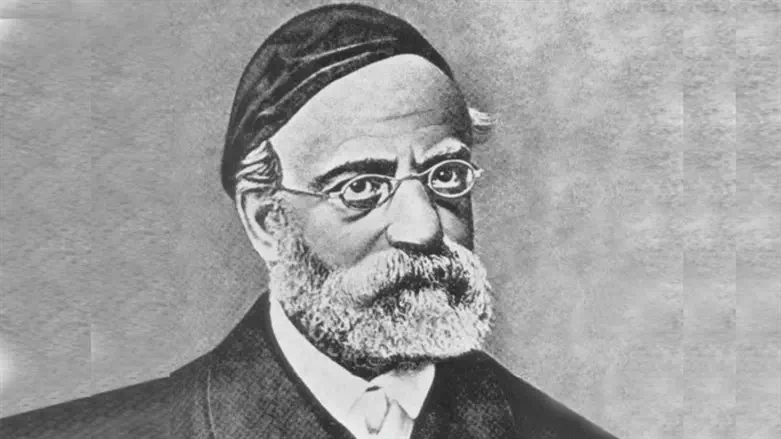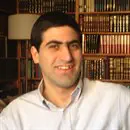
According to Rav Samson Raphael Hirsch, the dust represents man’s earthly body with its attendant physical desires. The “holy water,” meanwhile – the mayim kedoshim (Numbers 5:17) – represents “purity of moral holiness.” Man’s physical desires are supposed to be “held aloft and mastered by the true internal self.” The “clear pure real self must never be made muddy by being mixed with…[man’s] bodily strenuousness.”
Many would find this message inspiring. But if the sotah woman finds it “bitter” – if she by her behavior has demonstrated that she considers keeping “purity of morals in spite of the earthly nature of body sensuality” an odious burden – then the water will bring a curse upon her. It will be “mei hamarim hame’ararim – curse-bringing water of bitterness” (ibid., 5:19).
If G-d made impossible demands of us, we would perhaps be justified in regarding them as “bitter” strictures to live under. But He doesn’t. He knows we’re men, not angels. And that’s why rather than ignoring the physical, the Mishkan is actually built upon it. The dust placed in the sotah water comes from the very floor of the Mishkan.
In Rav Hirsch’s words: “This Sanctuary in its demands does not assume any superhuman nature of people which would be above or contrasting to the actual state of ordinary human beings. It is rather the bodily sensual earthly side of the nature of human beings which forms the karka haMishkan; it is what it presupposes and on it and from it builds up the whole mode of life which its holy demands entail.”
Rav Samson Raphael Hirsch (1808-1888) – head of the Jewish community in Frankfurt, Germany for over 35 years – was a prolific writer whose ideas, passion, and brilliance helped save German Jewry from the onslaught of modernity.
Elliot Resnick, PhD, is the host of “The Elliot Resnick Show” and the editor of an upcoming work on etymological explanations in Rav Samson Raphael Hirsch’s commentary on Chumash.
